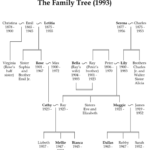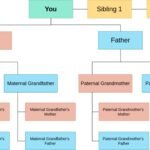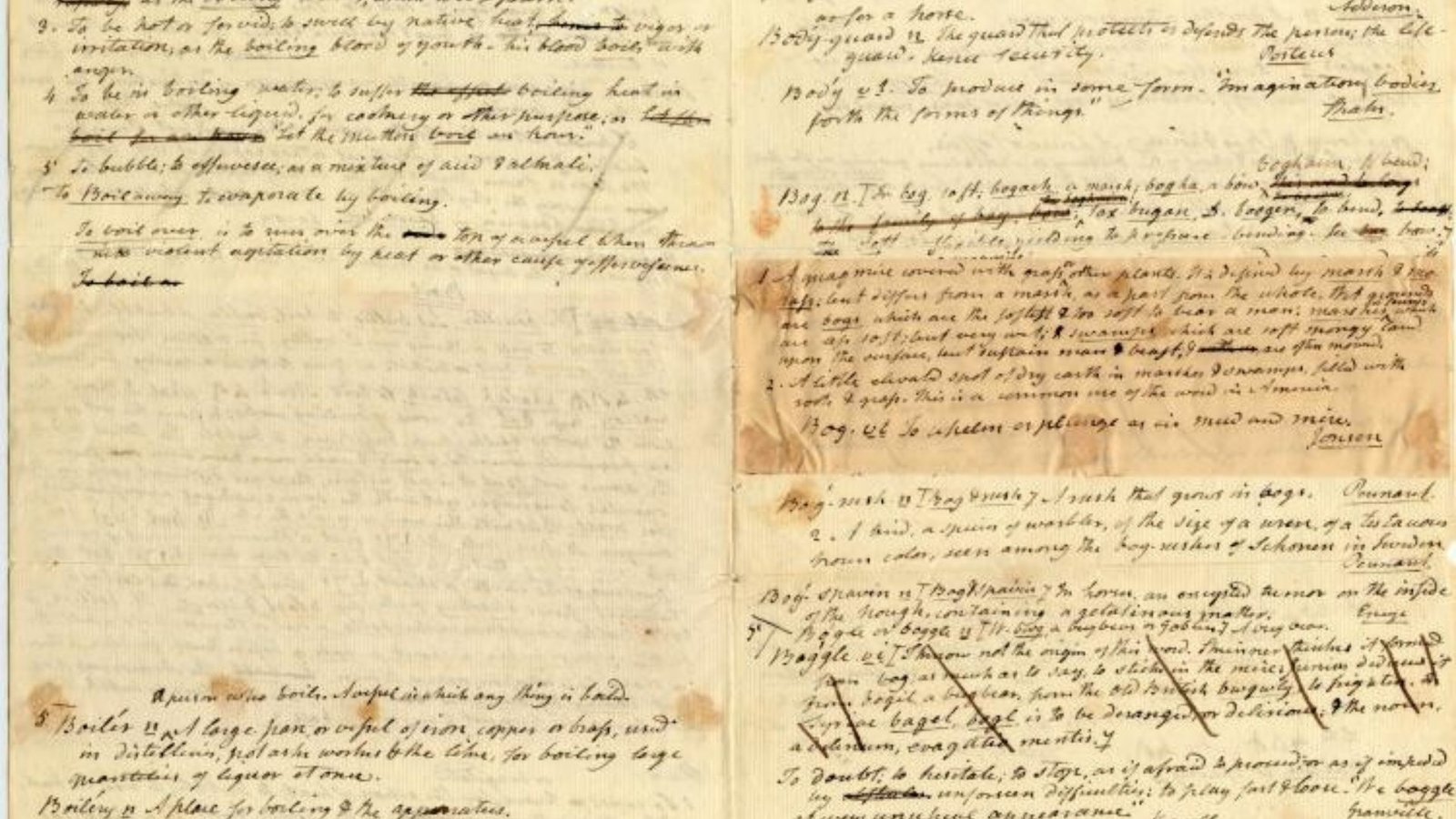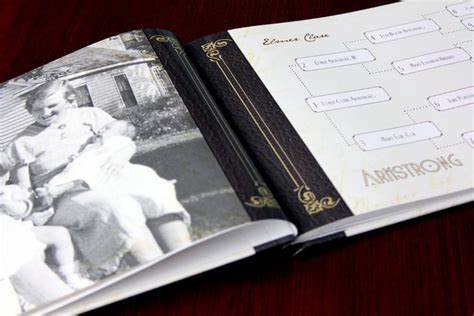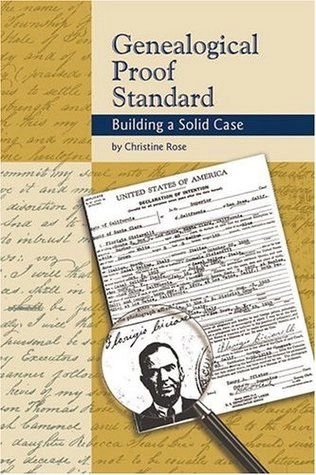A genealogical dictionary is a valuable tool for uncovering family histories, tracing lineages, and connecting with your roots. These specialized dictionaries document names, relationships, and historical details that can aid both novice and experienced genealogists. Here’s a guide to effectively using a genealogical dictionary for ancestry research.
1. Understand the Structure of a Genealogical Dictionary
Genealogical dictionaries typically organize information alphabetically by surname, with entries providing details such as:
- Family lineages and relationships.
- Dates of births, marriages, and deaths.
- Geographical locations and migration histories.
- Historical and cultural contexts of families.
Familiarize yourself with how entries are formatted to quickly locate relevant information.
2. Gather Basic Family Information
Before diving into a genealogical dictionary, compile what you already know about your family, such as:
- Names of ancestors (including alternate spellings).
- Birthplaces and dates.
- Marriage records and other significant events.
This information will act as a starting point, helping you focus your search.
3. Search by Surname and Region
Most genealogical dictionaries are organized by surname, so begin your search with your family name. For better accuracy, narrow your search to the geographical regions where your ancestors lived.
4. Identify Patterns and Connections
As you explore entries, look for patterns like recurring names, locations, or relationships that match your family records. These connections can lead to new branches of your family tree.
5. Validate the Information
Cross-check the details you find in the genealogical dictionary with other historical records, such as:
- Census records.
- Civil registries (birth, marriage, and death certificates).
- Immigration and land records.
Validation ensures the accuracy of your findings and strengthens your research.

6. Expand Your Family Tree
Using the relationships and lineage information provided in the dictionary, extend your family tree to include new ancestors or relatives. Document each addition with the sources you’ve consulted.
7. Leverage Additional Resources
Genealogical dictionaries often reference other materials, such as:
- Historical texts.
- Parish registers.
- Archival collections.
Follow these references to uncover even more details about your ancestry.
8. Collaborate with Genealogy Communities
Many genealogical societies and online forums have members with experience using specific dictionaries. Sharing your findings and seeking advice can help refine your research.
Where to Find Genealogical Dictionaries
- Libraries and Archives: Many public and academic libraries house physical copies.
- Online Databases: Websites like FamilySearch.org or Ancestry.com offer digital versions.
- Local Genealogical Societies: Regional organizations often compile specialized genealogical dictionaries.
Benefits of Using a Genealogical Dictionary
- Efficiency: Save time by accessing pre-verified records.
- Accuracy: Rely on curated and well-researched information.
- Depth: Gain insights into the historical and cultural backgrounds of your ancestors.
Conclusion
A genealogical dictionary is an essential tool for ancestry research, providing a foundation for tracing family lineages and discovering historical connections. By following a systematic approach and validating your findings, you can create a rich and accurate family tree that honors your heritage.




